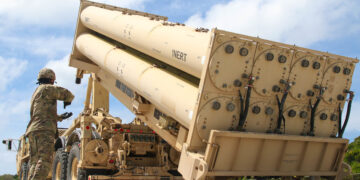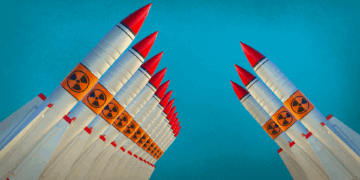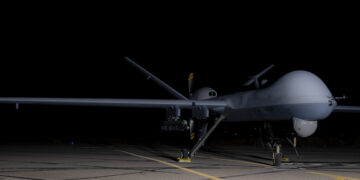Word this week that the United States and China had agreed to substantially reduce their respective punitive tariff rates for 90 days was met with exuberance by global markets. Yet, the reaction of pundits and investors alike is short-sighted. Tariffs of 30 per cent (U.S.) and 10 per cent (China) remain. All that has really been agreed upon is a framework for continued haggling.
In the meantime, the imposition of sweeping tariffs and other measures by the Trump administration against almost every U.S. trade partner has already set this country on a path to a weaker economy. This is unfortunate, especially given America’s economy was doing so well, while China’s economy was already experiencing significant problems.
This is also a problem for U.S. grand strategy. Since the first Trump administration, there has been a bipartisan consensus that China is America’s “pacing threat.” Expert opinion increasingly sees China as the preeminent military challenge to the United States.
Military power is ultimately a product of economic power. Weaken America’s economy and you’ll weaken its military. There are other factors, of course, but big economies support big armies that defend nations and threaten adversaries.
The Latest

October 4, 2025

Featuring Jennifer Kavanagh
October 3, 2025

October 3, 2025
Events on Grand strategy







